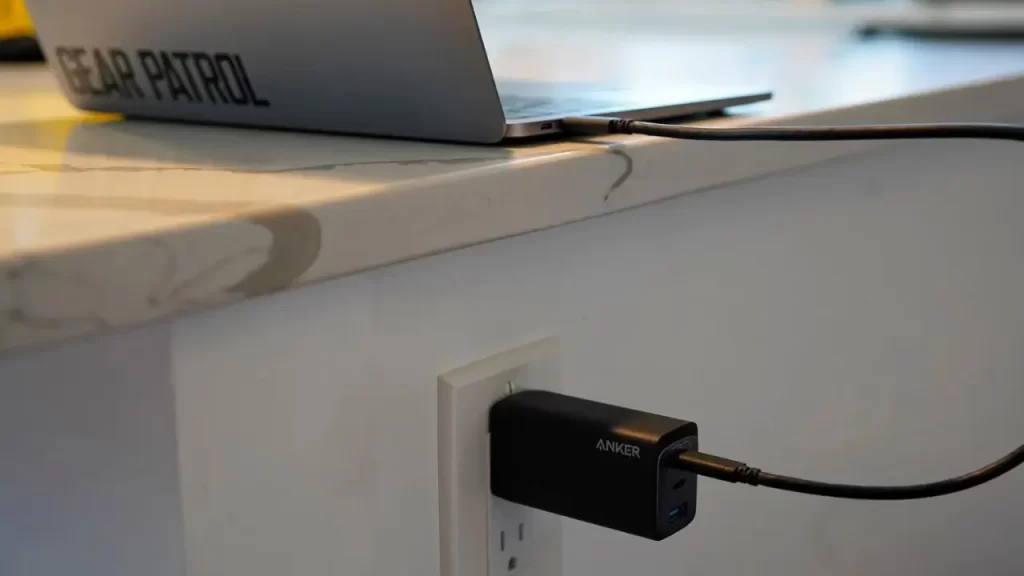If the laptop battery is charging but shows 0% available, is it possible to fix the issue without going to a service center?
Background of the problem:
- The laptop is 6 years old.
- It has been working without any issues.
- The battery has never been replaced.
- One day, it was disconnected from the power outlet (moved from one place to another).
- The battery did not “pick up” – the working laptop suddenly shut down.
- Pressing the power button no longer turns on the laptop.
- When connected to the power outlet, the laptop charges, but it always shows 0% in Windows.
- If disconnected from the power outlet again, the laptop abruptly shuts down.
The problem likely has a probable cause – a faulty cell (or section of cells) in the battery. It is possible to solve it without seeking assistance from a service center or private workshop.
Why does the laptop battery show 0% while still charging?
It is evident that this is not a software malfunction (firmware, operating system drivers, or laptop-specific software). Hardware issues within the laptop itself could be the cause – such as a faulty power controller, poor contact, or circuit break. However, the initial signs point to a problem with the battery.
Let’s consider the nuances mentioned by the message author:
- When operating on AC power, the operating system indicates that the battery is charging.
- However, the indicator shows 0% and “plugged in, not charging” mode.
- The battery is recognized in Windows 10.
- The powercfg utility displays battery statistics.
- The laptop does not work autonomously (it shuts down instantly).
Reviving the laptop:
The battery is connected and detected by the laptop. When the charger is connected, the charging indicator is displayed. However, the percentage remains at zero.
Stage 1: “Soft Reset”
A “soft reset” is simply a forced reinitialization of the laptop battery. Follow our instructions, which do not require any special skills from you.
In many cases, this will solve the problem.
But if not, we need to consider two factors for further diagnosis:
The lithium-ion battery is 6 years old (their average lifespan for wear is no more than five years).
It attempts to charge but does not charge.
Stage 2: Replacement of Battery Cell or Entire Battery
When a multi-cell battery composed of several lithium-ion 18650 cells is used, this behavior of the battery is observed when one of the cells fails: 0% charge on the laptop while connected to the power source and charging.
This happens due to the absence of balancing resistors in most batteries of older laptops (they are included in the Battery Management System).
The cell closest to the central processor heats up more than the others. If you primarily use the laptop while plugged in, constant 100% charge and elevated temperature (which is harmful to Li-Ion) cause accelerated self-discharge in the cell.
High temperature and operation at 100% charge cause imbalance. At one point, the section with the worn-out cell becomes faulty.
There are two options for further action here.
First option: replace the faulty element with a new one
The procedure requires skill and equipment. The laptop battery will come back to life. However, after some time the second “age” element will also fail, and then the subsequent worn out ones in the chain. The repair process is complicated (preferably spot welding instead of soldering, balancing on special equipment, and in the end of the work is also testing the assembly).
Also Read:- How to Build a 4k PC
The second option: replacement of the battery with a new one
Tampering with the electronics of the lithium-ion battery yourself without skills is dangerous for injuries and fire. It’s much easier to put a new battery in place of the old one. The main thing is to choose the right replacement. There is nothing difficult even if the battery is built into the laptop body.
